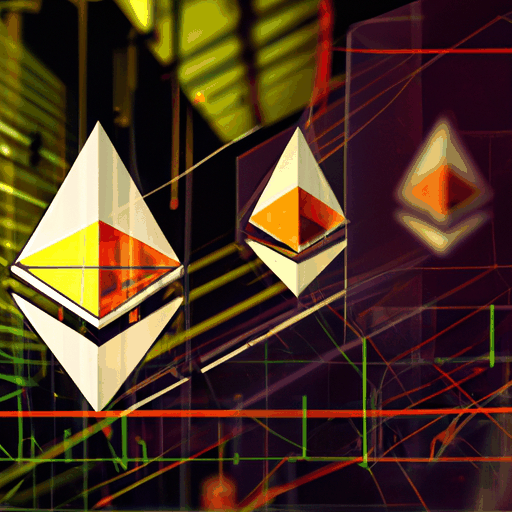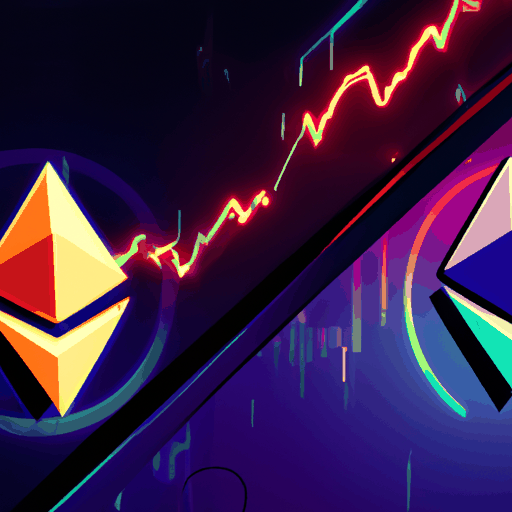
Unraveling the World of Maximal Extractable Value (MEV)
By: Eliza Bennet
The concept of Maximal Extractable Value (MEV) plays a crucial role in the Ethereum network, especially with the prevalence of DeFi. MEV refers to the maximum amount of value that can be extracted from block production, beyond the standard block reward and gas fees. This extraction is achieved by miners reorganizing transactions within the block they are mining to their benefit.
For instance, MEV typically involves three primary activities: front-running, back-running, and sandwich attacks. In front-running, miners or validators prioritize their transactions to be executed before others by paying higher gas fees. This is primarily observed in cases where a significant order on a DEX (Decentralized Exchange) might impact token prices. Back-running involves miners inserting transactions after a significant trade to capitalize on subsequent market reactions.
One of the more complex strategies, sandwich attacks, involves placing one order immediately before a large pending transaction and another immediately after. As market prices adjust due to the large transaction, the attacker gains an advantage, profiting from the price differences they manipulated.
An insightful news article highlights a scam that exploits MEV by using Ethereum-based smart contracts. Cybercriminals fabricated smart contracts disguised as trading bots, leveraging MEV opportunities, a ploy that resulted in significant financial loss for affected users.
The continual evolution of such schemes highlights the necessity for Ethereum users, especially those new to DeFi and crypto trading, to exercise due diligence regarding purportedly automated trading solutions. Being well-informed and vigilant is crucial in navigating the frequently evolving landscape of crypto markets.



